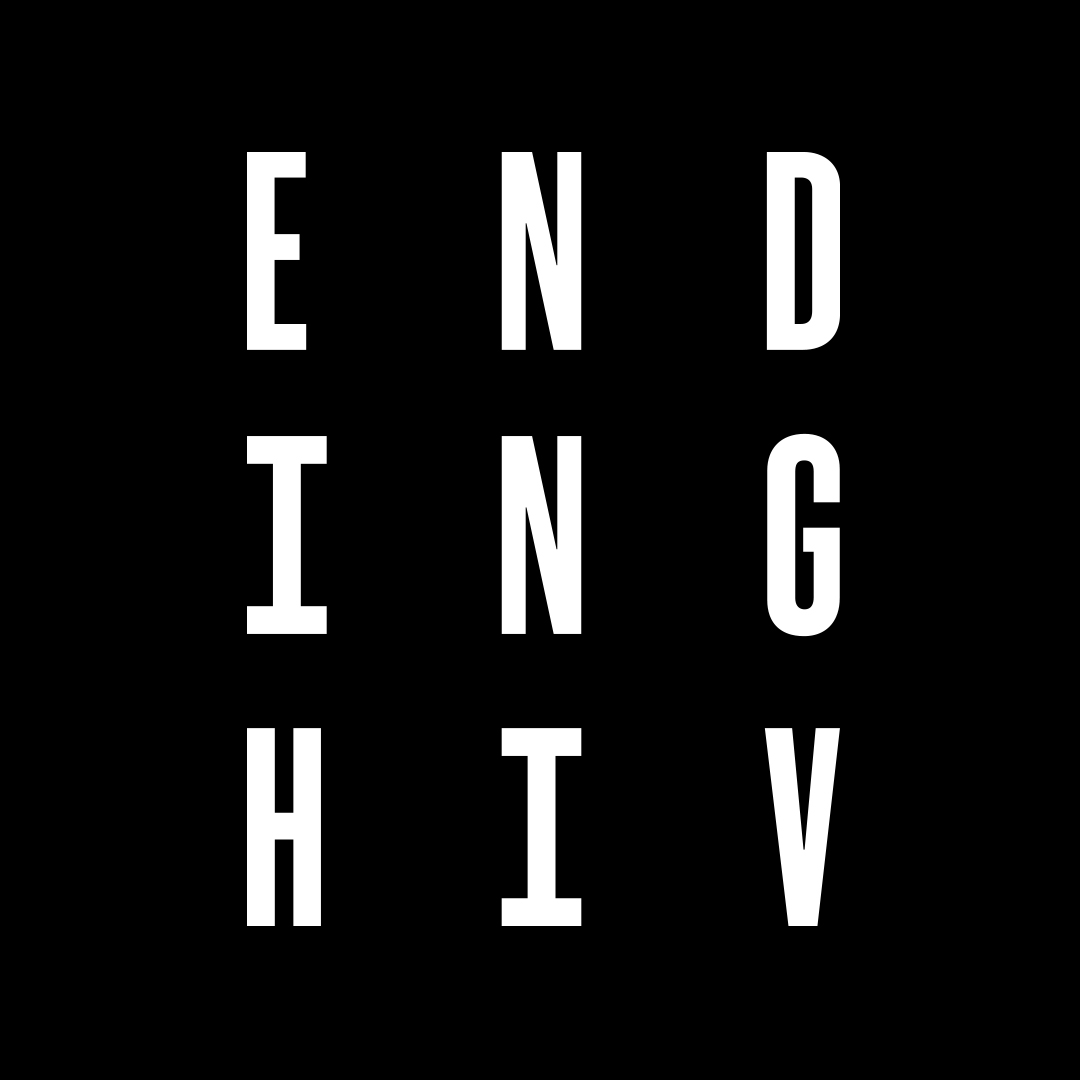HIV TREATMENT IN AUSTRALIA: A BRIEF HISTORY
Here's a quick overview of the HIV epidemic over the past 40 years and the evolution of HIV treatments as we've discovered more about the virus since the 80's.
HIV treatment has come a long way from the early days in the epidemic, HIV itself wasn’t discovered until 1983, the first treatment a distant 3 years away. Find out where HIV treatment is today and follow along below.
A time before HIV treatment
HIV treatment was on everyone’s minds in the 1980’s, confusion was rife and there was very little known about the virus. Sydney Star Observer first published a piece on the disease in 1981, reporting a new disease affecting gay men in the US describing a range of illnesses and infections.
The first diagnosis of AIDS in Australia wasn’t for another year in St Vincent’s Hospital Sydney, and the formation of the AIDS Action Committee (a group of representatives from over 20 gay groups – later to become ACON) again not until another year later in 1983. At this time the gay community struggled to communicate what little was known about the virus to one another as they struggled with a much more adverse Health system.

1987: The first treatment for HIV
In September of 1984 a meeting between US Nation Cancer Institute and pharmaceutical company Burroughs Wellcome resulted in the eventual research and development of a failed cancer treatment drug AZT (Azidothymidine). The drug was not approved for use until March 1987, the cost of a year’s supply was proposed to be as much as USD $10,000.
The toxicity of the drug was a problem, and the initial dosing strategy was twice as high as the current daily recommended dose. By reducing the dose many of the side effects could have been minimised.

1987 – 1996: The trouble with Monotherapy for HIV
Research for other treatments continued and as new drugs were approved they were selected for treatment and used in isolation. The efficacy of the drugs ranged wildly from person to person and this determined which drug you would be prescribed.
Treatment with a single drug or Monotherapy proved problematic as HIV with its high mutation rate can become resistant to a particular drug if used over a period of time. Copies of this resistant strain of the virus could then multiply and then resume attacking the body’s immune system.

1996: Combination Therapy
The recognition of this resistance led to the development of combination therapy – also known as HAART (highly active antiretroviral therapy). This treatment would use multiple classes of antiretroviral drugs together to create a therapy that would prevent a single strain of the HIV virus gaining the upper hand in the body. This was only possible in the late 90’s when a number of different classes of drugs become available.
2015: START study recommends early HIV treatment
The Strategic Timing of Anti-Retroviral Treatment (START) study was conducted by the Kirby Institute in partnership with three other international research centres. The study found that early or immediate HIV treatment posed no risk to patients. The risk of serious illness or complications was also reduced by 50%.
2022: HIV treatment is free and more accessible in Australia
From 1st July 2022, people living with HIV who are ineligible for Medicare are able to access their HIV treatment free of charge from government-funded hospital pharmacies. This means that regardless of your eligibility for Medicare, if you live in Australia, you can access HIV treatment, free.

HIV treatment today: we’ve come a long way
Treatment today is far less toxic, has fewer side effects, assists in faster immune recovery and is much easier to take. Early combination therapy required you to take a great number of pills in one day, where presently you can expect to take as little as one once a day.
Also, HIV treatments can increase HIV-positive people’s health and lowering their viral load to undetectable, making it much less likely to pass on the virus.
Of course this may not be the case for all people, and from the point of diagnosis you will have to work towards a smaller dosage in cooperation with your doctor, but from an overall perspective treatment has come a long way since the early days of the HIV epidemic.
Find out more about HIV treatments today.

